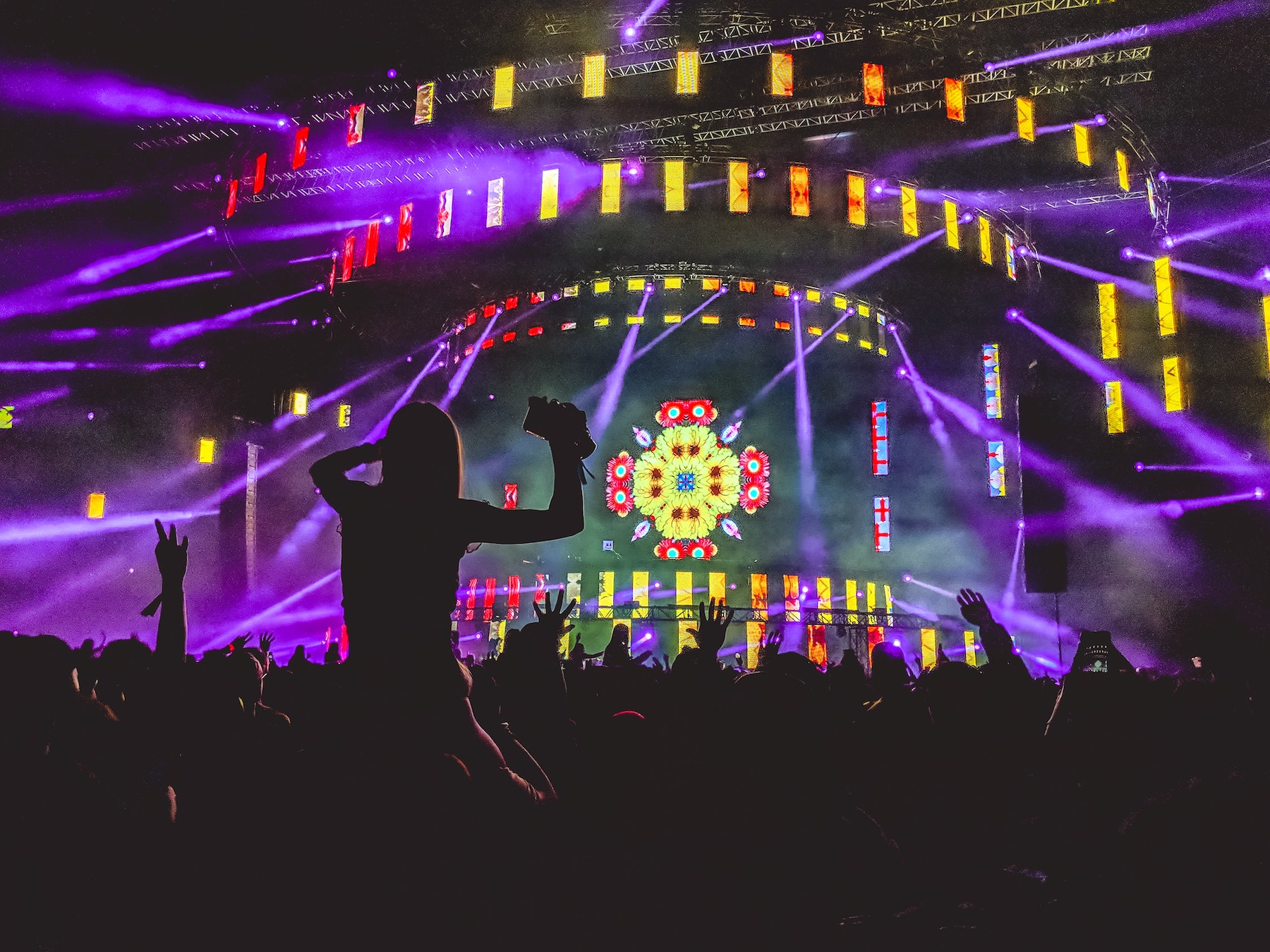
Decentraland and Meta are two of the most popular platforms within the metaverse and have attracted millions of users. Both are similar in that they occupy spaces in the metaverse and offer new experiences to their users in that environment. However, the user experience and freedom that users have in each world are drastically different. Decentraland is an open universe, meaning that players have a degree of control and influence in Decentraland that extends to asset ownership. Meta, on the other hand, follows the ethos of its Facebook roots with a highly curated but also regimented platform.
Although the metaverse isn’t defined yet, there are characteristics that all metaverse platforms share. The metaverse can be loosely defined as a free-flowing digital environment where users can interact with each other and their surroundings in real-time. The possibilities within these platforms go beyond gaming and socializing and can even offer business opportunities. Depending on the metaverse platform, users may also have access to different digital assets like cryptocurrencies and even digital land.
There are essentially two different types of metaverse platforms that dictate the type of governance structure.
There is no inherent contradiction between the two — both types of platforms currently coexist and neither is better than the other. Open metaverses achieve a decentralized nature with the use of smart contracts and tokens. Users on open platforms can own different tokens (MANA, in Decentraland), which act as currencies within the metaverse and essentially confer voting rights to the owners. Votes are recorded by the blockchain on which the tokens live. Connected to the blockchain is a smart contract whose code automatically enforces any voting decision reached by the plurality or majority of token holders.
Closed metaverse platforms act much more like traditional businesses than open metaverse platforms do. There is a defined hierarchy of internal decision makers, investors, users, and developers. Closed metaverse platforms are also generally profit-seeking, unlike their open counterparts. Many use this point to argue that these additional resources allow closed metaverses to create an experience that is much more compelling than open metaverses. Time will tell if this argument holds any water.
Decentraland is an open metaverse platform where users can participate in content creation and environment creation and alter the digital world around them. In this world, people can buy or sell digital assets, socialize, and attend events, all while interacting with other users. Because of the open nature of Decentraland, it is often seen as an emulation of the physical world where players have maximal control over their surroundings.
A decentralized autonomous organization is a blockchain-based organization with a flat hierarchy. No human authority sits at the top or center of the organization, which eliminates much of the danger that comes from centralized organizations. DAOs are run with smart contracts and voting rights conferred by token ownership. Votes are memorialized on the blockchain and, depending on the smart contract axioms, the smart contract automatically implements the decisions made by the DAO.
Within Decentraland, users can own different digital assets by purchasing them with the platform’s token called MANA. This token can be used to purchase non-fungible tokens like digital artwork and “wearables,” as well as digital plots of land. Just as the tokens exist on the blockchain, so do the NFTs and digital land exist on the blockchain to aid in ownership verification, immutability, and non-fungibility.
Decentraland has a social component that allows users to come together at virtual events such as concerts. Despite disparate geographical locations, fans can connect with their favorite artists from anywhere in the world. This gives fans a unique experience while also presenting a revenue opportunity for artists through NFT merchandise (wearables) and other new revenue streams.
Mini-games are also offered by creators to players in Decentraland in exchange for tokens. This unique ability to profit from new content creation represents a powerful new opportunity for creators to create and fund their projects.
Meta Horizons is the suite of virtual experiences offered through Meta.
Just like Facebook, Meta’s goal is to provide spaces for meaningful interactions among users in digital spaces. Meta achieves this with different digital environments where friends and family can meet with each other or even where colleagues can meet to work and collaborate.
In this world, social media is brought to life and taken to the next level. There is the ability to hang out with friends, or the opportunity to make new ones. Meta differs from Decentraland by not utilizing blockchain or NFTs — although this may change down the road. Games and events also take place on Meta Horizon, but there are new opportunities such as remote work and social networking.
A centralized metaverse environment like Meta Horizons has set rules and regulations in place by an organization that governs and oversees the policies within the metaverse. This creates a hierarchy system with advantages like receiving consistent updates and, in theory, a superior user experience. However, a centralized system can run the risk of hacks, data leaks, and misuse of authority. Overall, there are benefits to a centralized metaverse, but it is crucial to have trust in the leadership making these decisions.
Through Meta Horizons, users who work remotely are able to attend an office space created in the metaverse. Working alongside colleagues in a virtual reality saves time by eliminating the commute and creates the ability to work from anywhere. Using this feature to work remotely provides workers with the tools they need to be present and experience interactions similar to those they would have at an office. This ability to work remotely broadens job opportunities for people around the world to be in the same office space within Meta Horizon.
Social media was such a massive success that the next step in the metaverse, an even more immersive experience, was inevitable. Meta Horizons creates a space where people can interact with each other as if they were in the same space. There are limitations to pictures, news feeds, and even video calls. However, a virtual meeting in Meta Horizons provides a much more immersive, realistic, and emotional experience.
There are multiple platforms within the metaverse that run on different foundations. However, all of the platforms have the same goal of creating a world to connect with others in an immersive experience. In order to adequately address all of the different facets of the metaverse, the Wharton School developed the Business in the Metaverse Economy program. The course covers case studies from finance, retail, advertising, entertainment, and other sectors to help students gain a deep understanding of the potential in the metaverse. In addition, participants will learn about the current state of the metaverse, active builders, and the economic and technological factors that will drive future development. For more information or to enroll in the metaverse certification program, visit our information page.
This article is for marketing purposes only and does not intend to represent the opinions of the program.


